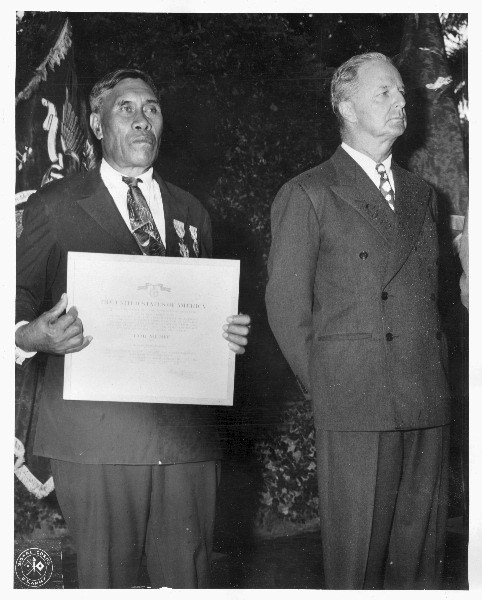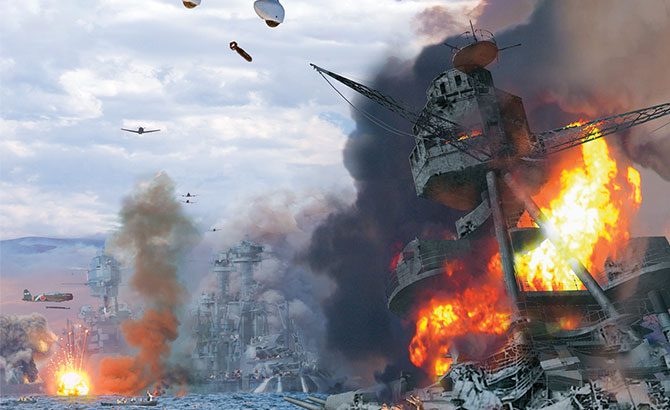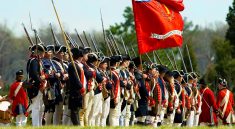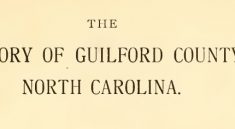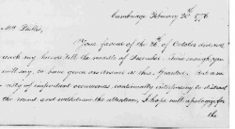Japanese American Yoshio Harada helped enemy flier Shigenori
Nishikaichi, Hawaii island Niʼihau December 7, 1941, Hero Ben Kanahele
From the History Detectives.
“Eduardo: Daniel explains how of the 125 Zeros that launched off of six Japanese aircraft carriers that day, the imperial fleet lost just nine. Three crashed on land, including one on Niʼihau. It was piloted by airman first class, Shigenori Nishikaichi.
Daniel: He was a hit. This is going to spell his fate because he’s not going to be able to make it back to his carrier, the Hiryu.
Eduardo: This is where we are, right at Pearl Harbor, and his route then went…
Daniel: …West toward the island of Niʼihau, right there. Roughly 100 miles.
Eduardo: Nishikaichi headed towards an island the Japanese military believed was uninhabited.
Daniel: That is what he was told and that way he could be picked up by a submarine and rescued.
Eduardo: Niʼihau is still off limits and getting to the crash site will be a challenge, but I have my own secret weapon. The incredible research staff at History Detectives has done the impossible, got us access to the Niʼihau. Weʼre on our way there to talk to the owner of the island.
Helicopter pilot: Itʼs a pretty good sized land mass, itʼs bigger than Manhattan. Itʼs bigger than San Francisco.
Eduardo: Is it really?
Helicopter Pilot: Yeah.
Eduardo: Once farmed for sheep and cattle, itʼs been privately owned for almost 150 years.”
“Eduardo: Keith explains how one of the Hawaiian residents, ranch hand Howard “Hawila” Kaleohano was first on the scene.
Keith: Then the aviator was just recovering from his bouncing around and he looked up at Hawila and reached for his pistol, so Hawila decided to relieve him of his pistol.
Eduardo: The pilot spoke Japanese and some broken English. To translate, Hawila brought the stranger to the home of Yoshio Harada, a Japanese-American who worked on the island.
Keith: For the next few days, he was pretty much in the hands of the Niʼihau people.
Eduardo: The remote islanders had no radio and knew nothing of the Pearl Harbor attack, but they grew increasingly suspicious of the pilot and his bullet riddled plane.
Keith: They realized something had gone far wrong in the wider world. Of course, they began to connect the aviator with whatever that something wrong was.
Eduardo: And then, for reasons unknown, Harada, the Japanese-American translating for the pilot, turned against his own neighbors, and helped the enemy flier escape his captors. To keep the top secret plane from falling into American hands, the pair set fire to the aircraft, and used its machine gun to terrorize the
village. The rampage was short-lived. A local farmer, Ben Kanahele, took matters into his own hands, literally. Despite being shot three times the muscular Hawaiian rushed the pilot, and threw him head first against a stone wall. With the pilot dead, Harada turned his gun on himself. Years later, as a child, Keith says he even remembers playing on the planeʼs wreckage.”
Read more:
http://www-tc.pbs.org/opb/historydetectives/static/media/transcripts/2011-06-22/901_niihau.pdf
From Hawaii Reporter.
“NI’IHAU INCIDENT – Benehakaka “Ben” Kanahele – WWII, Medal for Merit, Purple Heart (1891-1962)”
“Of the hundreds of articles I have written concerning heroes to my knowledge only one has been about a civilian hero. This will be my second. The number of civilians killed on December 7th 1941 during the Japanese attack on Pearl Harbor has never been completely documented, it was somewhere between 48 and 68. It’s thought most of these deaths resulted from friendly fire, unexploded American anti-aircraft shells that landed in civilian areas. In doing the research for this article it seems there may have been a cover up by the authorities at the time to conceal the number of civilians killed by friendly fire.”
“Ben Kanahele then picked Nishikaichi up in the same manner that he picked up the sheep that were commercially raised on the island, hurling Nishikaichi into a stone wall. Ella Kanahele then bashed him in the head with a rock, and Ben slit his throat with his hunting knife. Harada then turned the shotgun on himself, committing suicide. Ben Kanahele was taken to Waimea Hospital on Kauaʻi to recuperate; he was awarded with the Medal for Merit and the Purple Heart, his wife did not receive any official recognition.”
Read more:
